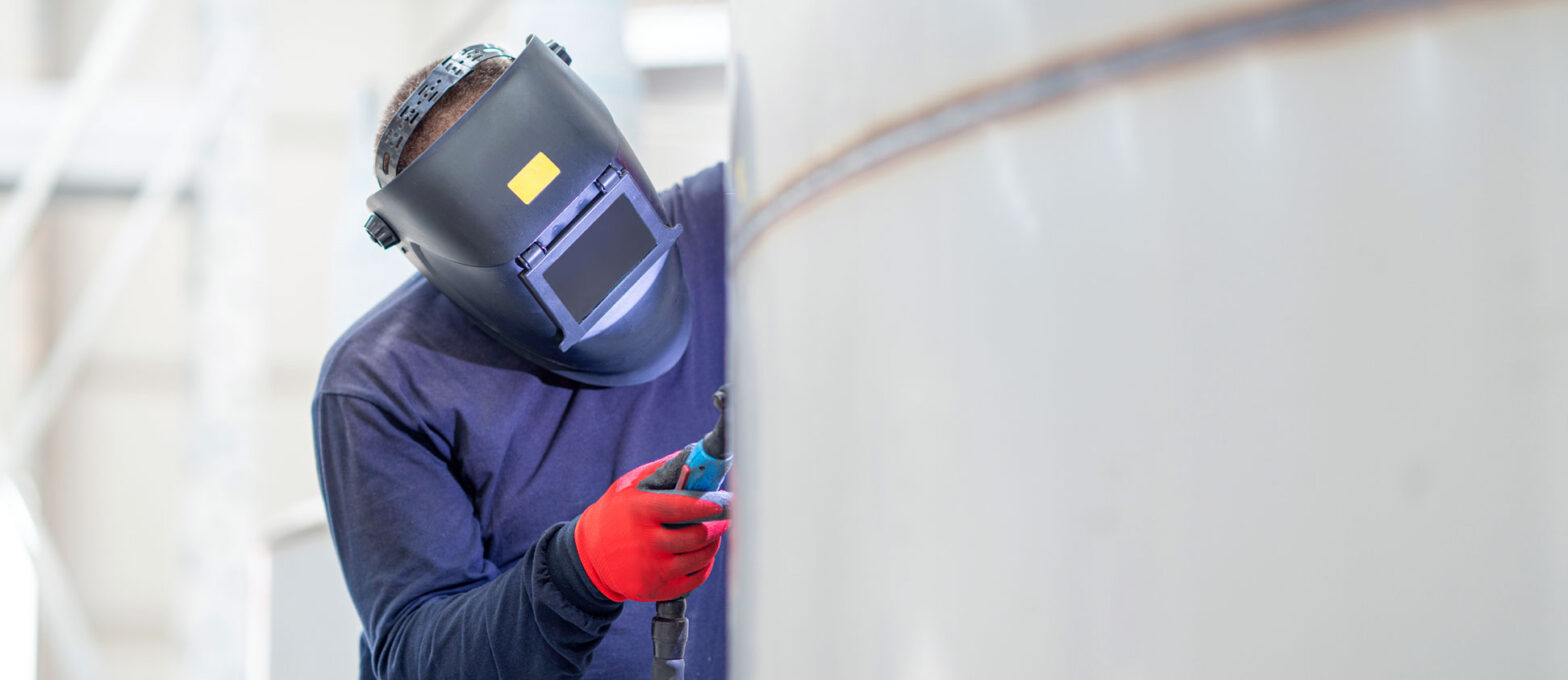
Following these simple instructions will assure many years of safe, trouble-free, and efficient operation.
For storage tanks, water heaters, and other pressure vessels
A. CAUTION: DO NOT FIELD WELD to any pressure-retaining component on an ASME stamped pressure vessel.
B. All epoxy-lined vessels should be connected using dielectric isolators to form a breaker between dissimilar metals. Failure to do so, will cause electrolysis that WILL damage the interior lining. Failure to install dielectric isolators will void the warranty on the tank and/or heater.
C. Check all connections for proper hook-up. Make sure any unused connections are plugged tightly.
D. Before starting up, fill tank with cold water, venting all air from the system. Check for leaks with city/county water pressure on system.
E. After inspection, start the circulator (when applicable), open valves in lines supplying heating medium to tank heating coil (when applicable). DO NOT open heating medium to heating coil until tank is filled with water. Severe damage can be done to heating coil otherwise.
F. Watch temperature of water in tank and set controls to provide desired outlet temperature, using appropriate temperature (when applicable) and use appropriate control instructions.
G. Check safety valves for free operation by lifting lever on side of valve and releasing. Valve should re-seat. VALVE APPEARS TO FUNCTION IMPROPERLY, REPLACE IT IMMEDIATELY!
H. Approximately ten (10) gallons of water should be left in all cement-lined tanks or heaters before installation to prevent the lining from drying out and cracking.
WARNING: NEVER ALLOW THE INTERNAL AIR PRESSURE TO EXCEED THE DESIGN PRESSURE SHOWN ON THE WENDLAND LABEL ON THE VESSEL, AND DO NOT ALLOW THE WATER TEMPERATURE INSIDE TO EXCEED THE RECOMMENDED MAXIMUM TEMPERATURE FOR WHICH THE INTERIOR LINING IS RATED.
A. To open and/or inspect the interior of a tank or water heater,FIRST SHUT DOWN ALL FEED SERVICE LINES (water, air, steam, boiler water, etc.) to the tank or water heater. Be sure that the vessel is DRAINED of contents BEFORE opening manholes/inspection ports or other connections. Be sure all pressure is relieved from the vessel prior to removing any openings.
B. Open up vessel at least every twelve-(12) months provided manholes/inspection ports are furnished. Wash out all sediment and inspect interior of tank for corrosion or other problems.
C. If tank is lined with a corrosion resistant lining such as Cemaline or Epoxoline, inspect for damage to the lining. If magnesium anodes were supplied originally, check for possible required replacement of anodes.
D. On Epoxy lined vessels, the Inspector should enter the tank wearing socks – NOT SHOES!SHOES AS WELL AS OTHER ABRASIVE ARTICLES WILL DAMAGE THE LINING.
E. If tank lining is damaged or in need of repair, check with tank manufacturer for possible suggested repair instructions.
F. Clean off gasket surface of manhole/inspection ports, install new gaskets, pull up all fasteners, and tighten securely. Check for any leaks and then fill vessel with cold water.
G. On a water heater…if the heating coil is removed for inspection, replace the gaskets, tighten the bolts securely, check for leaks, and reconnect the heating medium piping (CLOSED) to the heating coil.
H. Inspect the vessel and all connections for leaks.
I. Check relief valve for free operation. In case of malfunction or questionable operation, REPLACE THE VALVE(S).
J. With tank filled with water, supply heating medium to tank heating coil (when applicable), start up circulator (when applicable), and check temperature controls for proper operation (when applicable).